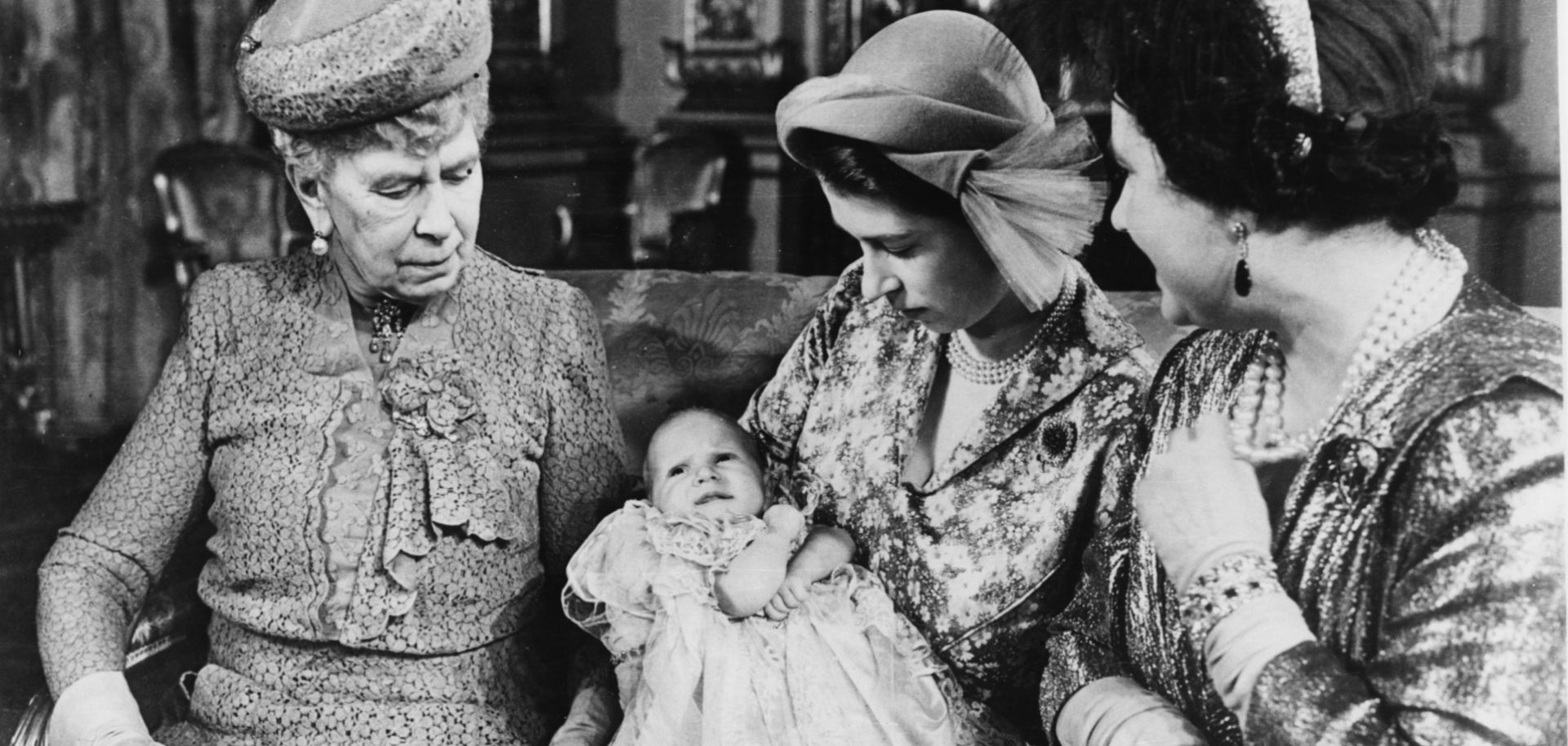GLOBAL PERSPECTIVES
Finding a Moment of Royal Reassurance in a Messy World

Apr 10, 2019 | 05:00 GMT

Princess Elizabeth (later Queen Elizabeth II) holds her daughter, Princess Anne, at Anne's christening in 1950. The British monarchy sometimes seems to be everything the United Kingdom's democratic institutions currently are not -- calm, reassuring and reasonable.
(Central Press/Hulton Archive/Getty Images)
Highlights
- The modern British monarchy is often viewed as a form of soft power — an attractive national image to the world. A recent brush with British royalty suggests the monarchy can also offer a steadying hand at a time of instability for democratic institutions.
- The job of a British monarch isn't what it once was, of course. Thousands of years ago, royal authority likely grew out of a feedback loop between military success and religion, and throughout history monarchs have claimed to stand closer to the gods than their subjects.
- Despite the regular embarrassments that individual royals cause, the institution itself links the United Kingdom in the age of Brexit to a 5,000-year-old tradition. With Parliament offering anything but calm and reassurance, the "dignified" branch of the British constitution has a lot of work to do to preserve the constitution's legitimacy.
Subscribe Now
SubscribeAlready have an account?
